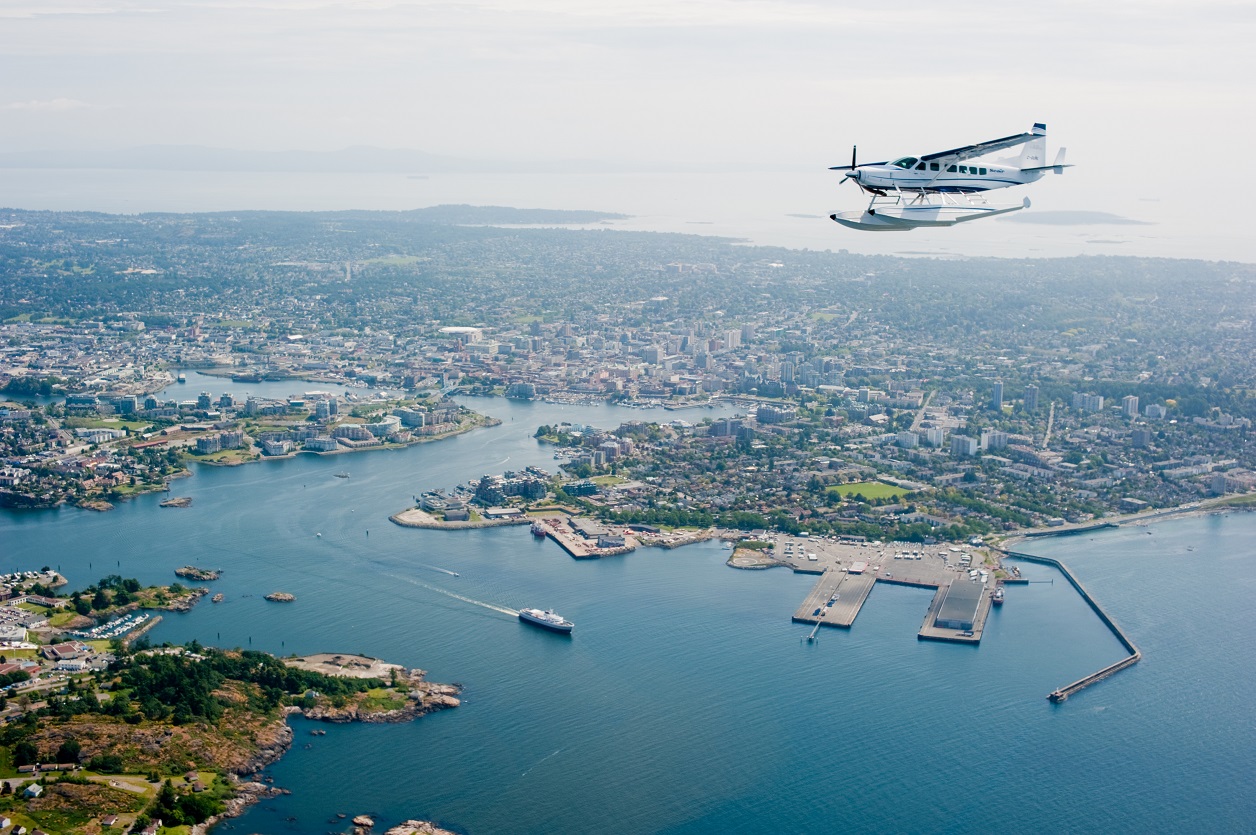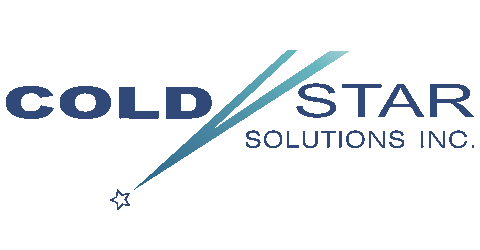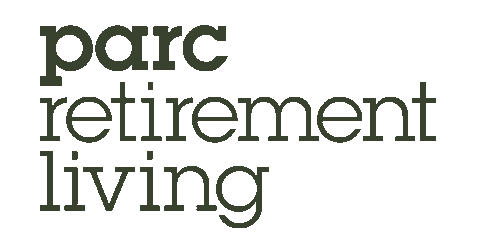Voice of business vital to municipal budget planning
One of The Chamber’s advocacy priorities is aimed at reducing the burden on businesses by ensuring governments focus on needs over wants.
This is playing out now as municipalities begin their budget process.
“To be clear, The Chamber isn’t telling mayors and councils what they need to cut. We are saying they need to do better than they have and reduce spending where they can while still delivering their core responsibilities,” Chamber CEO John Wilson said.
Looking back at tax rates charged in Greater Victoria, there are trends of taxes increasing by more than inflation. As well, there has been concern that taxes on businesses are increasing more than taxes on residents without any additional services being provided.
“Our message to local governments and their staff is that reducing costs for businesses is one of the best investments you can make in your municipality,” Wilson said. “Many business owners aren’t able to vote where they are located so, historically, they have had less of a voice during election cycles. This needs to change, and The Chamber is unapologetic about our role as the voice of business.”























